
Organizations can follow several tips to build more effective Sarbanes Oxley (SOX) self-assessment and monitoring practices to help management resolve issues and deficiencies before auditors arrive.
Some organizations might object to the idea of updating their Sarbanes-Oxley (SOX) compliance program. They prefer this saying: "If it's not bad, don't fix it." After all, these plans have existed since 2002, but through the managed service approach, organizations can reconsider their scale, processes, and deployment models, and through the use of risk-based scaling thinking, with potentially lower costs and higher quality achieve SOX compliance assessment.
Migrating all data and applications to another platform, this is the core of controlling the testing process. In the past, you may require demonstrating the accuracy of the carryover and balance during the transition. In some cases (unless write protection leaves a copy on the mainframe) there may not be applications or data available for testing.
Quick interpretations in the manner of dashboards, team websites summarizing performance, real-time financial reports, and team document sharing have all created an information explosion that earlier required manual review, approval, meetings, and follow-up. When users in your organization use these more automated views to conduct business, rely on manual labor.


When an error is detected or a step in the process is skipped, the company uses software to generate automatic alerts, and uses artificial intelligence mechanisms to analyze and identify deviations. Technology is a key element of SOX governance.
Several processes are consequently complex, and are so important, that they are executed correctly, so that the organization ran its own sample of its process before a formal SOX assessment. In the past, the methods and required evidence used for these plans may differ from the auditor's SOX requirements.

These differences indicate that programs are not used for SOX purposes. The difference in scope also means that this work has not been used. However, minor adjustments in the scope or nature of the procedures often lead to efforts to monitor and control SOX certificate.
A better way to comprehend how management actually runs the business is to start over, rather than looking at previously documented controls. Ask key people how they know your process is working. For example, asking the accounts payable department how to ensure that the accounts payable document is complete without consulting the old SOX document first, can help identify key elements or processes that are excluded from the SOX document.


Additional manual testing procedures that are only required by SOX but have no other business value can still be applied. In addition, redundant manual documentation must not be provided for SOX assessments that are useless for business operations. Instead of the SOX only program, it can be replaced with evidence that has been created for other business purposes.
It takes time to find the source of current monitoring processes along with the automated control evidence; however, once some of them are identified, the time saved by SOX's non-parallel documentation can be considerable. For the SOX management procedures and the underlying processes guided by the management, the management will further strengthen the management's awareness of its own control status more and more quickly.

Regulatory and industry pressures, new technologies, and organizational issues have placed increasing demands on the compliance function. In this regard, people are increasingly expecting the function to suppose upgrading its capabilities to generally increase value, modernize and use technology.
Compliance organizations can improve human perception and judgment, using technologies such as Artificial Intelligence (AI), Analytics, Automation, and other cognitive technologies, thereby increasing efficacy and usefulness.
As per several executives, “Technology can be helpful for compliance organizations to modernize their operations in many aspects, as well as elevate their profile to become an even more valued business partner.”
On the other hand, automation imitates human behavior, but is mainly based on rules and has no gray areas. Cognitive intelligence includes elements such as the creation and processing of natural language and machine learning. One of the areas where most work remains to be done is artificial intelligence, at least in the application of compliance and risk management.

Many organizations supply themselves a pass in regard to monitoring fee at the start of a modernization mission. But as soon as the experimentation length ends, business enterprise needs to remember how they plan to discover and degree mission fee. In addition to stakeholder control communication, “Quality output and exception control, requires to be undertaken into reflection as a role of the mission’s quit objective.”